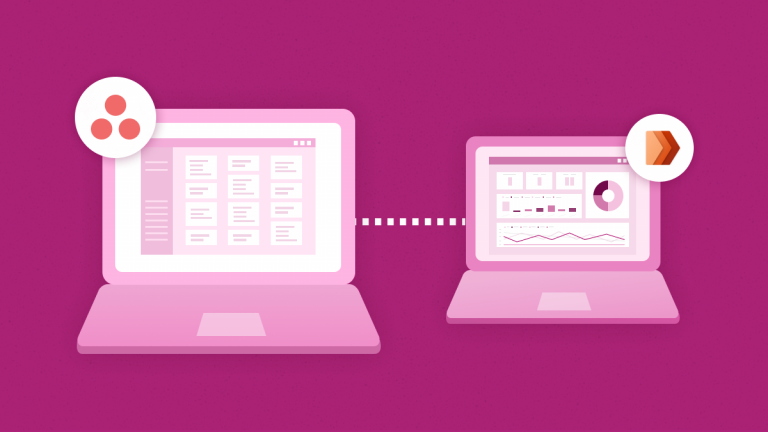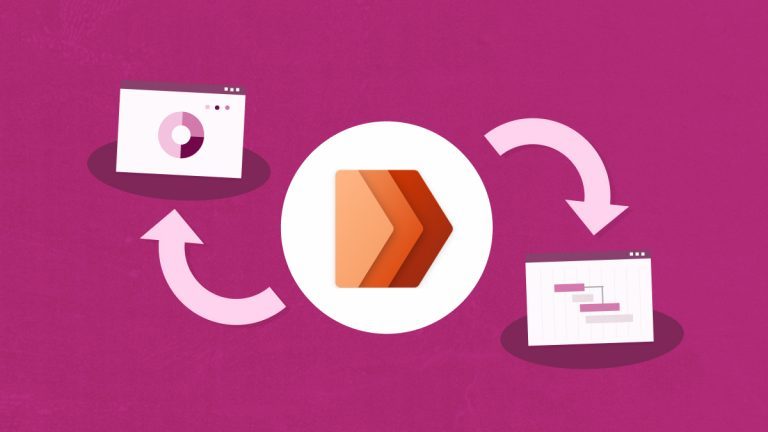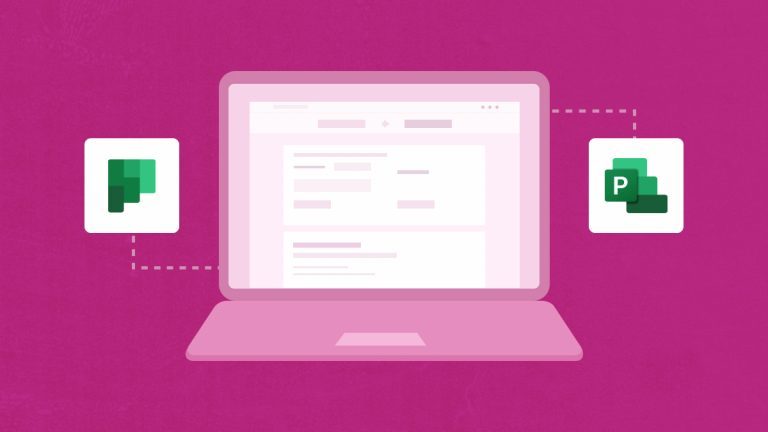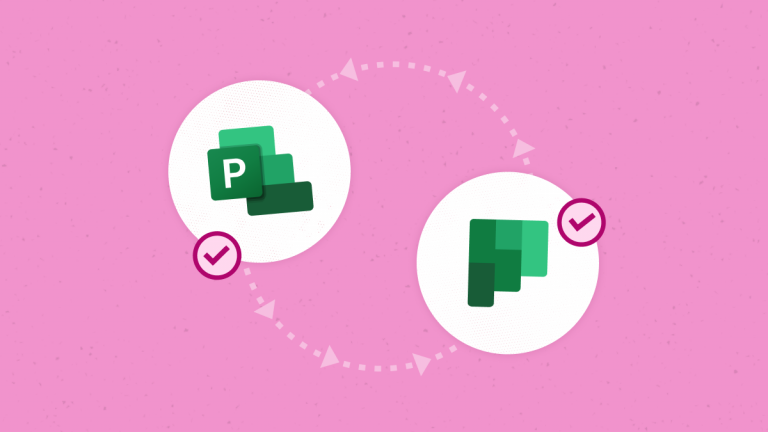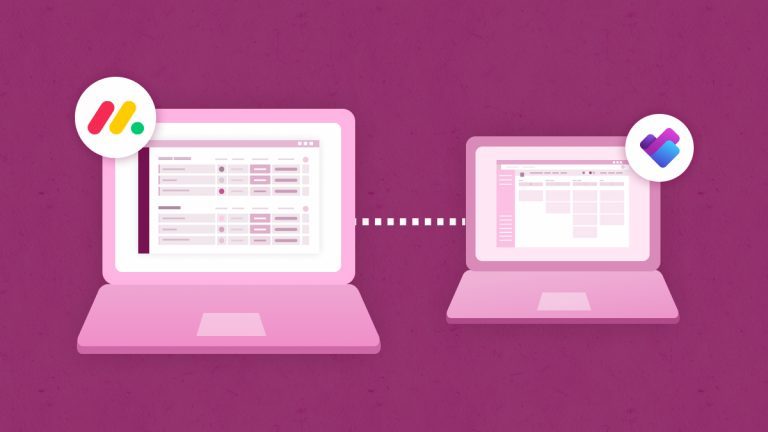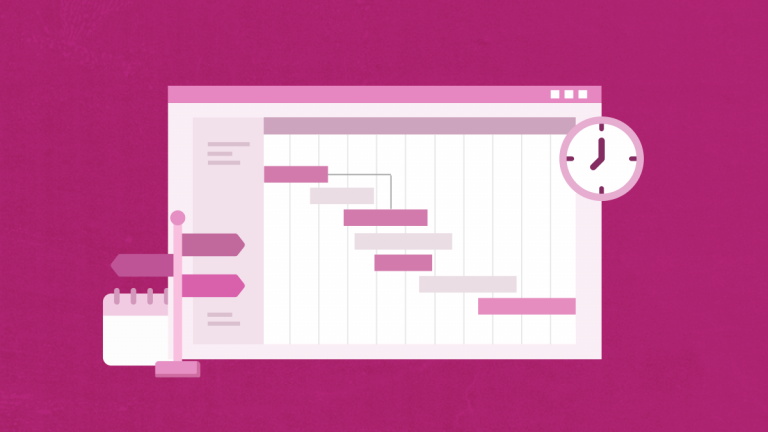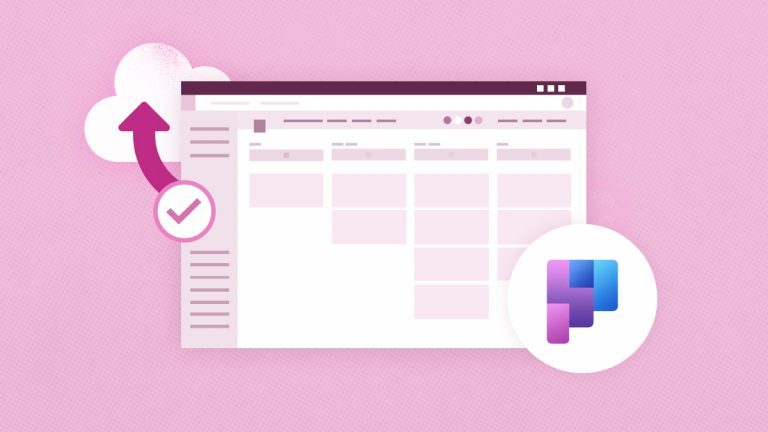
Elena Humeniuk
PPM Consultant
Project management tools are essential for managing large teams of technical and functional resources. Project managers need a powerful yet simple project management tool to help them effectively plan, monitor, and execute projects. Asana is a good choice for task assignments, project execution, collaboration, and monitoring. But if it doesn’t meet your organization’s requirements, consider migrating to Asana’s key competitor, Microsoft Project for the Web. This article outlines how to migrate data from Asana to Microsoft Project for the Web simply and efficiently.
Migration complexities
Working in Microsoft Project for the Web can reduce PPM complexities and help project managers achieve better productivity compared to Asana. However, Asana migration to Microsoft Project for the Web is not simple:
- Manual migration can lead to the unavailability of source and target systems. This will directly impact recording, controlling, and monitoring project activities and tasks.
- In addition to that, you risk losing the critical data.
- Manual migration is prone to human errors which can lead to severe damage.
- Manually mapping old data fields with the new system is time-consuming, with a high risk of inaccuracies.
As a project manager, manually migrating data wastes time, energy, and resources. To increase productivity, you should do your best to migrate your organization’s data as accurately and efficiently as possible.
Ensure success with the proper migration solution
Project Migrator is a cloud-based migration solution—the best product for this scenario. It allows migrating data from Asana to Project for the Web quickly and efficiently. Project Migrator is specially designed for cloud data migration and helps migrate content like workspaces and projects from Asana to Project for the Web.
Project Migrator makes migration simple. Just follow these steps to configure and run the migration process successfully.
- Step 1: Connect to source and target systems. Establish a connection between the source environment (Asana) and the target environment (Project for the Web).
- Step 2: Select source data. Project Migrator allows to select all data at once or select only the needed items.
- Step 3: Object mapping. Project Migrator provides a user-friendly, built-in data-mapping interface, where you can review and edit which data migrates from Asana to Project for the Web.
- Step 4: Launch the migration process.
Project Migrator quickly addresses concerns related to manual transition, data loss, and downtime as it enables data migration that is:
- fast;
- fully automated, with no data loss;
- error-free.
Project Migrator also helps to simplify data mapping and can help you leverage Asana vs. Microsoft Project for the Web benefits more efficiently. Register for a trial to address concerns and clarify the following steps.
Benefits of using Project Migrator
Project Migrator automates project data migration and saves weeks. Project managers spend their time more profitably deploying the new software in their organization with the shortest possible transition period.
Project Migrator provides the highest ROI for project management migrations by minimizing cost and transition time. It is a valuable tool that addresses the significant challenges of data mapping and transformation and helps:
- Reduce all risks related to human errors or data loss.
- Eliminate all manual work with complete process automation.
- Full migration of all project data, including content, configuration, projects, resources, and more.
- Reduce migration time from weeks to days.
Sign up today
to migrate Asana to Project for the Web up to 2 projects for free


